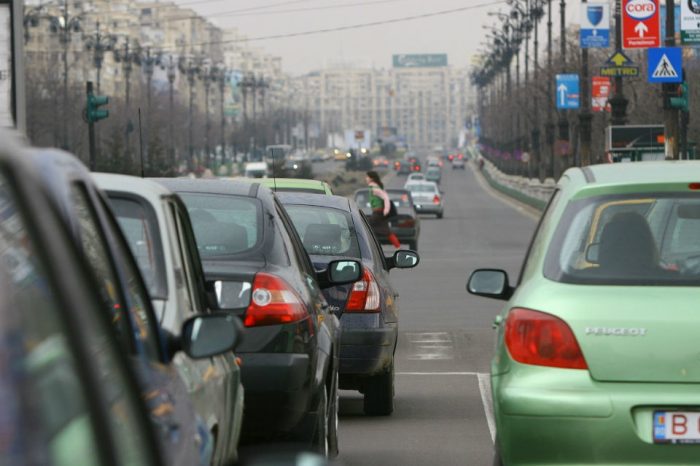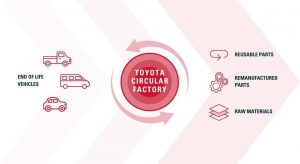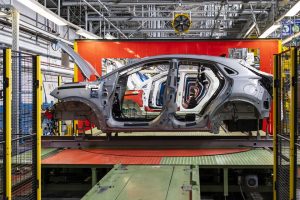Auto makers call for rapid adoption of new EU requirements on vehicle safety

Ahead of tomorrow’s key European Parliament vote on the update of the General Safety Regulation, which governs the safety systems to be included in new vehicle types, the European Automobile Manufacturers’ Association (ACEA) calls for a rapid adoption of this important piece of legislation.
“The European auto industry is committed to play its role in continuing to reduce road accidents and fatalities,” commented ACEA Secretary General, Erik Jonnaert. “In this context, we welcome the revision of the General Safety Regulation and support a wide array of the safety measures proposed by the European Commission last May.”
These include the requirement that all new car types come equipped with autonomous emergency braking (AEB) systems, which start braking manoeuvres automatically if a collision is imminent and the driver is not taking any action to avoid it. Other measures supported by the industry include drowsiness and attention detection systems, reversing detection for cars and vans, emergency stop signals, and lane departure warning systems.
Several of these safety technologies have the advantage of addressing multiple types of accidents simultaneously. For instance, accidents related to distraction can also be reduced by AEB and lane departure warning systems. Similarly, AEB will also prevent or reduce the severity of frontal and side crashes, reducing the need for additional measures to address this type of accident. “We call upon MEPs to take these synergies into account,” urged Jonnaert.
ACEA believes that some of the measures proposed by the Commission require further review to ensure a focus on the technologies with the strongest positive outcomes.
“For all measures under consideration, MEPs should align the introduction time with product development time, allowing at least three years for new vehicle types from the date the regulation has entered into force,” says ACEA.





















